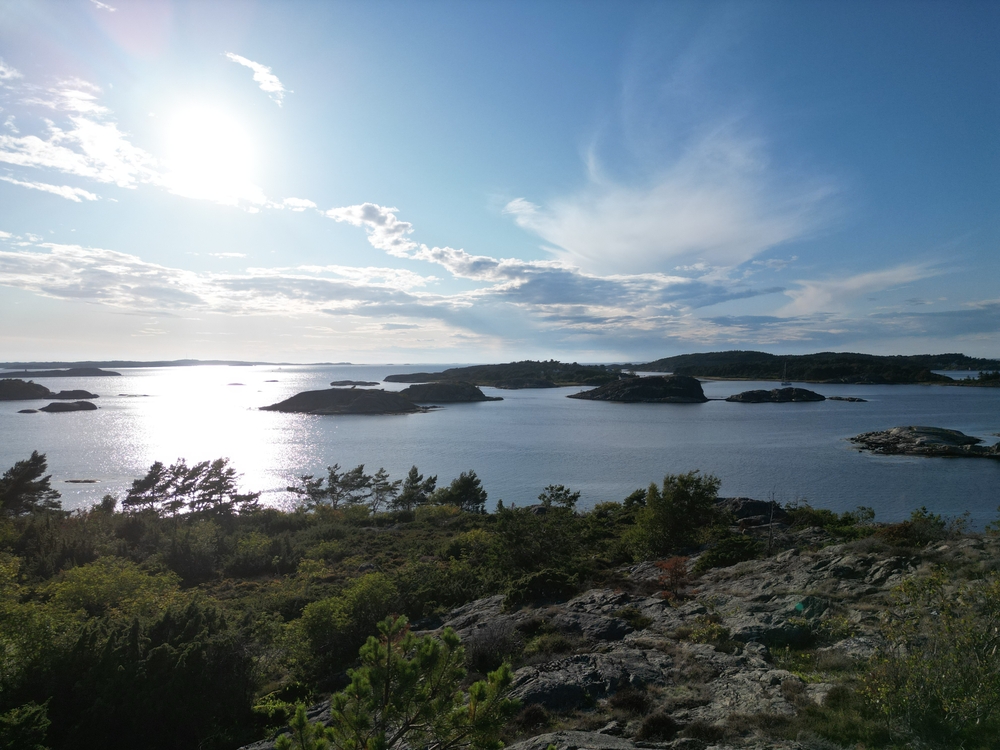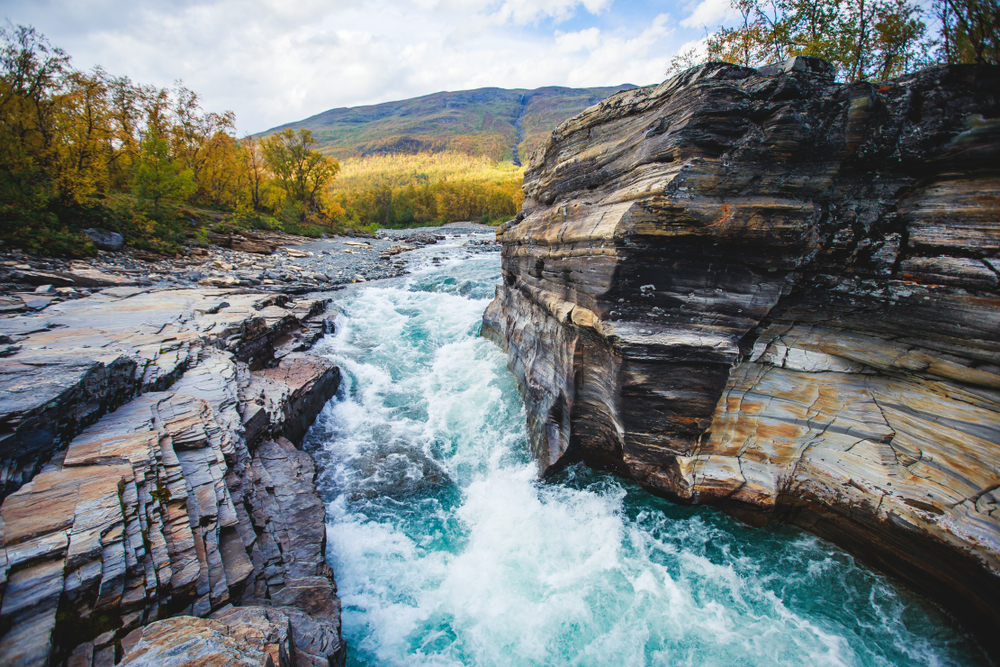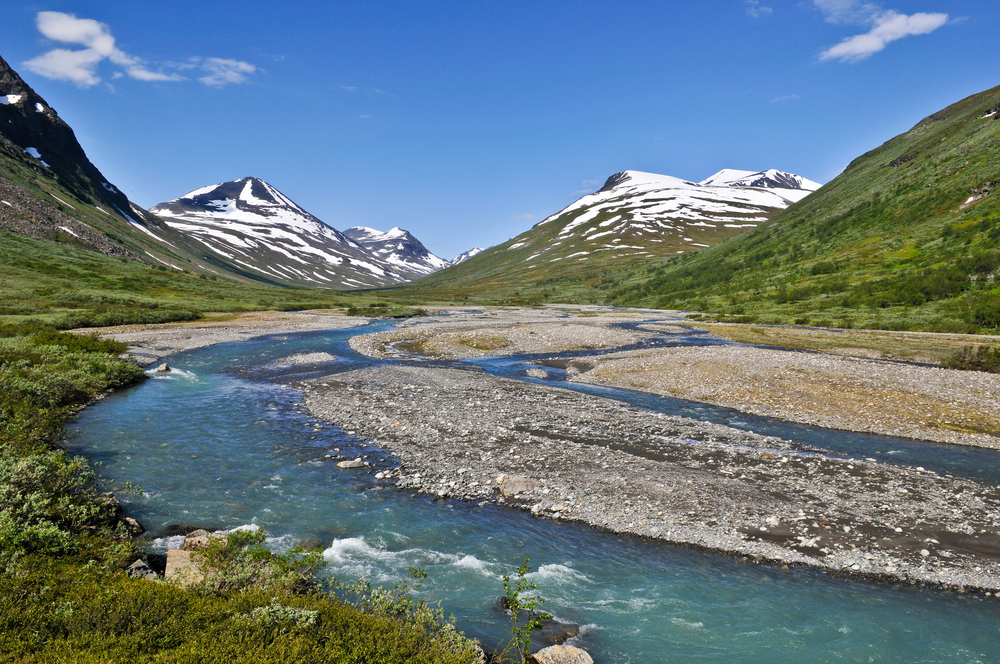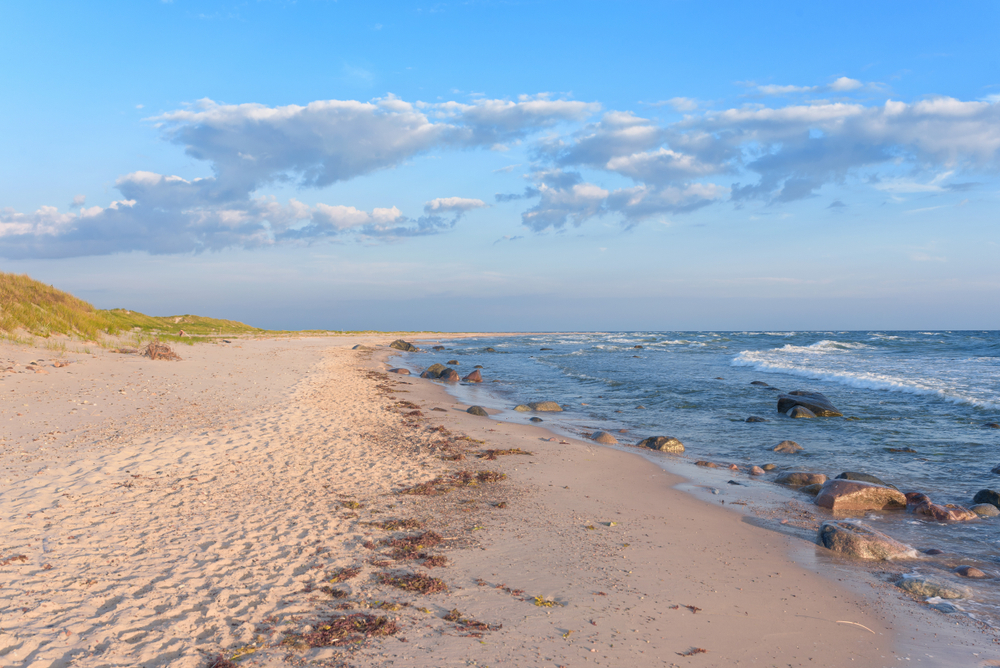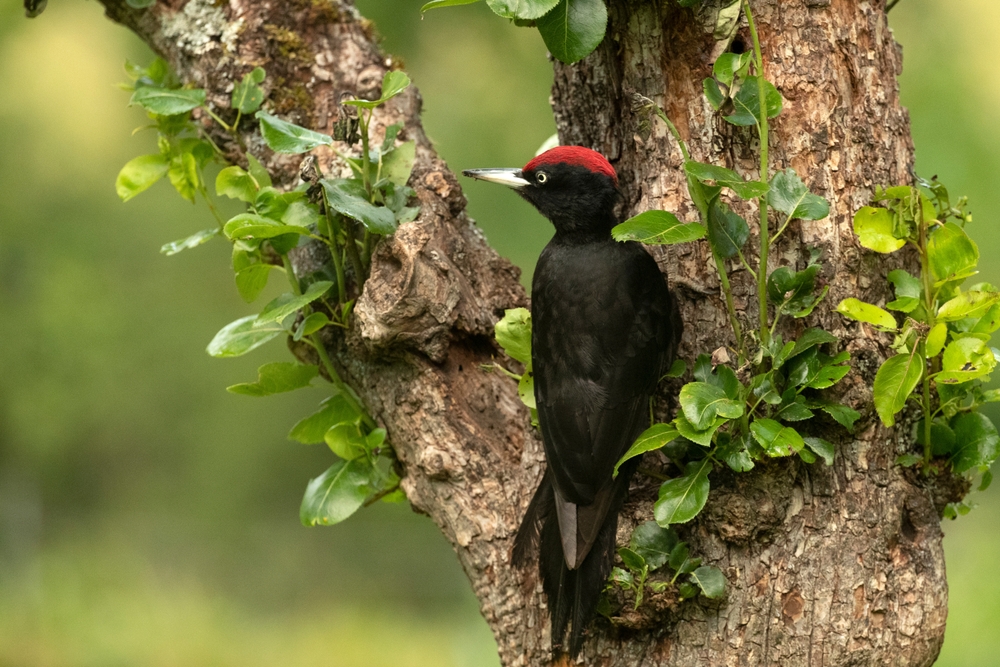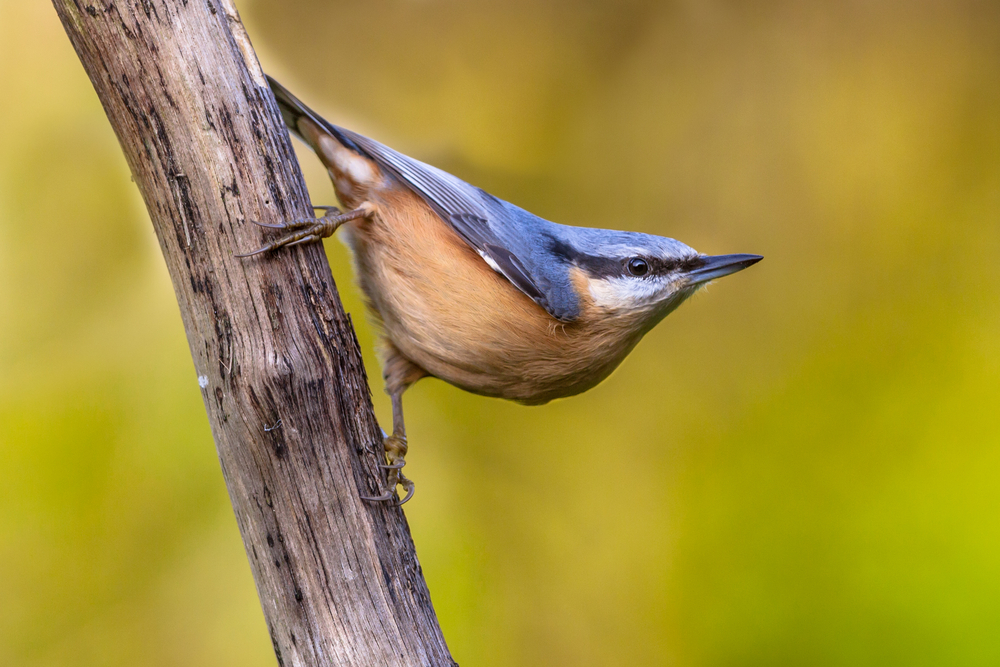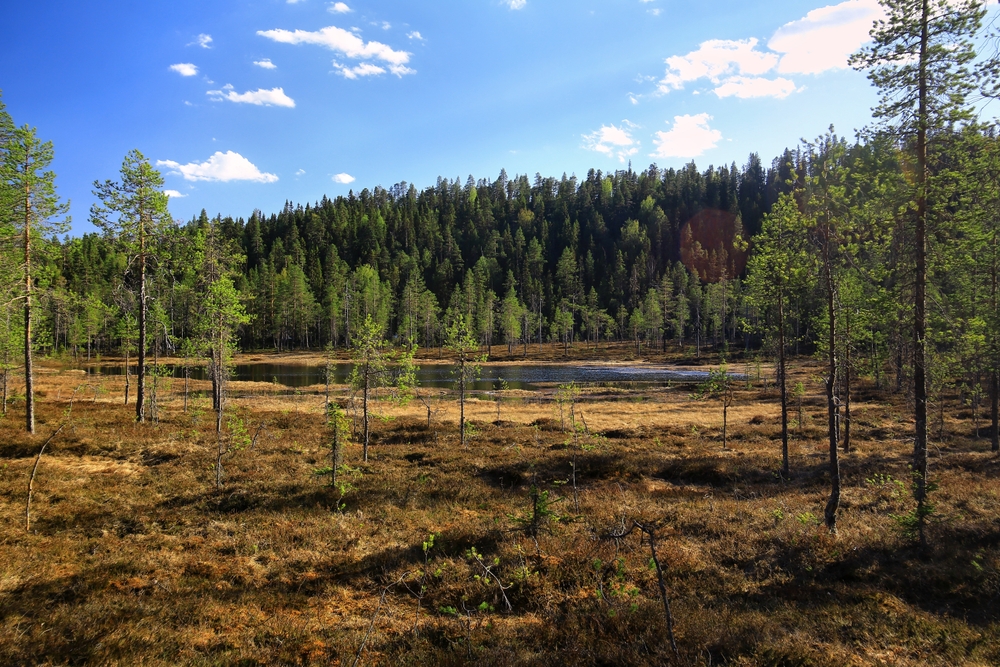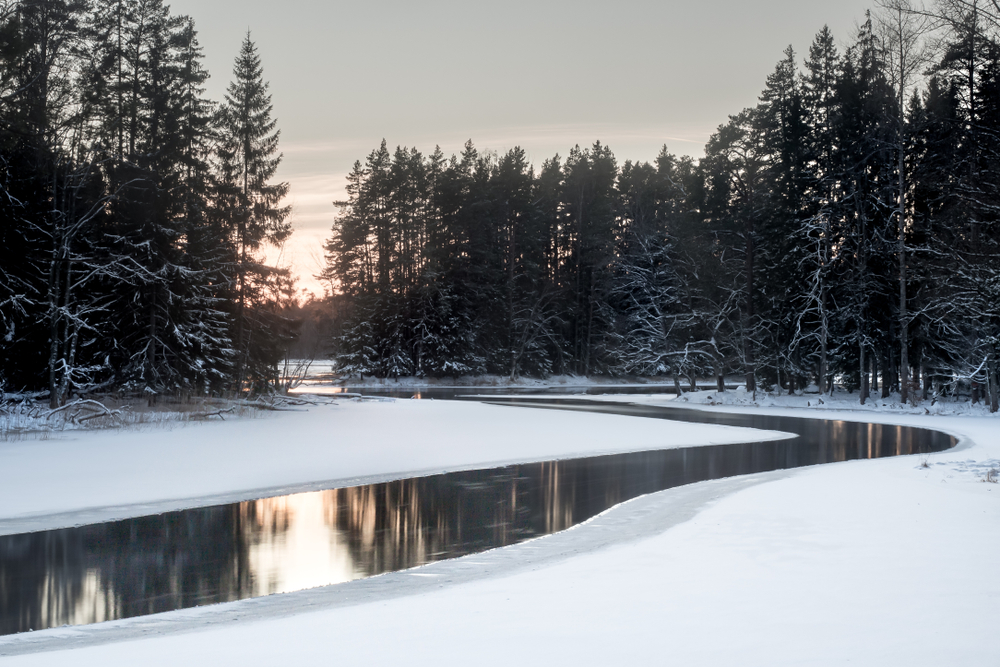Kosterhavet Overview
Kosterhavet National Park, known as Kosterhavets nationalpark in Swedish, is Sweden’s first marine national park, covering approximately 153 square miles (390 square kilometers).
It is located off the western coast of Sweden, near the border with Norway, in the province of Bohuslän. The park surrounds the Koster Islands and extends into the Skagerrak Sea, encompassing an extensive archipelago, rocky islets, deep fjords, and vibrant underwater ecosystems.
Established in 2009, Kosterhavet is part of a larger marine protected area that connects with Norway’s Ytre Hvaler National Park, forming an internationally significant marine conservation region.
Kosterhavet’s landscape is defined by its rugged coastal beauty, shaped by centuries of glacial movement and the relentless forces of the sea. Above water, the park features rocky shores, windswept islets, and small sandy beaches, interspersed with meadows and coastal heathlands. The Koster Islands, North Koster and South Koster, are the heart of the park, with granite cliffs and rolling hills covered in low-lying vegetation.
The waters surrounding the islands are exceptionally clear, with deep trenches and underwater canyons that reach depths of up to 250 meters (820 feet). These nutrient-rich waters support an astounding diversity of marine life, including over 12,000 species, many of which are found nowhere else in Swedish waters. Seagrass meadows, coral gardens, and kelp forests thrive beneath the surface, providing habitat for a wide range of fish, crustaceans, and mollusks.
Kosterhavet is renowned for its rich marine biodiversity, and visitors may spot harbor seals basking on the rocky shores or swimming gracefully through the waters. The park is also home to the elusive porpoise, which can occasionally be seen surfacing in the distance. Fish such as cod, mackerel, and sea trout are common in the area, along with a remarkable variety of invertebrates, including the Norway lobster and rare cold-water coral species.
Birdwatchers will find plenty to admire, as the park supports a variety of seabirds, including common eiders, cormorants, black guillemots, and Arctic terns. The islands also provide breeding grounds for oystercatchers and gulls, while migratory species pass through during different seasons.
One of the most popular features of Kosterhavet is its pristine and relatively untouched underwater world, attracting snorkelers and scuba divers eager to explore Sweden’s only coral reef and the teeming marine life that inhabits it. The park also offers scenic hiking and cycling trails, particularly on North and South Koster, where well-marked paths lead visitors through forests, coastal meadows, and rocky shorelines.
Kayaking is another favorite activity, allowing for a closer look at the park’s hidden coves and sheltered bays. Boat tours provide an easy way to experience the park from the water, with guided excursions that educate visitors about the unique marine environment. Fishing is permitted in certain areas, following strict regulations to protect the ecosystem.
The conservation efforts in Kosterhavet have been largely successful, with strict protections in place to safeguard the delicate marine environment. Collaboration with Norway’s Ytre Hvaler National Park has created a transboundary marine sanctuary, fostering research and conservation initiatives.
Challenges remain, particularly concerning climate change, invasive species, and human activity, such as overfishing and pollution. However, ongoing efforts to promote sustainable tourism, responsible fishing practices, and habitat restoration have helped maintain the park’s ecological integrity.
Kosterhavet serves as an outstanding example of marine conservation in Sweden, offering both a sanctuary for biodiversity and an immersive experience for visitors eager to connect with the country’s coastal heritage.








































































